VOLUME 2 / ARTICLE 10 ︎
OWNING YOUR PLEASURE
Practices to Embrace Your Sensuality
Written by Eric Leong
Photography by Mary Chen
Videography by Bobby Léon
November 2020
Photography by Mary Chen
Videography by Bobby Léon
November 2020
 An exploration of sensuality by Eric Leong captured by photographer Mary Chen. Art direction and styling by Olivia Chan. Co-art direction by Mary Chen. Lighting assistance by Feng 峰. Make-up by Shannie Beauty Artistry. Shot at Lucky Ho.
An exploration of sensuality by Eric Leong captured by photographer Mary Chen. Art direction and styling by Olivia Chan. Co-art direction by Mary Chen. Lighting assistance by Feng 峰. Make-up by Shannie Beauty Artistry. Shot at Lucky Ho.
Sensuality and Pleasure: My Own Journey
Growing up, I felt subjected to the societal pressures of gender, sexuality and desirability because I didn’t learn to embrace my pleasure until much later in life. Discussions about sexual pleasure were considered to be taboo in my family; sex in general was simply not discussed in my Chinese-Bruneian household. It took me a while to acknowledge, understand, and finally own my pleasure—and to now do so with confidence and self-compassion. Getting there was not an easy journey, but what helped me the most throughout was constantly engaging with my sensuality.
So, what does it take to get in touch with your sensuality? Well, to start, it involves both exploration and practice. Exploration, to uncover the sensual experiences you uniquely find pleasurable, and practice, since it’s only through repetition that sensualness becomes integrated in your way of being. In essence, it is an ongoing process; one that is reflexive and interactive.
“I hope you will learn to appreciate the landscape of your body, to befriend every shock from every nerve underneath every inch of your skin, the very skin that covers the hills and valleys of every muscle nourished by the flowing rivers that is our blood.”
Dear reader, I want to help you to start exploring yourself by taking you through what I have conceptualized as four important pillars to have a loving and caring relationship with pleasure, and thereby yourself: 1) the process of unshaming, 2) connecting to your body, 3) developing your sensory-based lexicon, and 4) sensual self-exploration. I’ll share some of my experiences and offer some practical tips to get you started with your own practice of (re)connecting with sensuality and (re)discovering pleasure. Most importantly, I hope you will learn to appreciate the landscape of your body, to befriend every shock from every nerve underneath every inch of your skin, the very skin that covers the hills and valleys of every muscle nourished by the flowing rivers that is our blood.
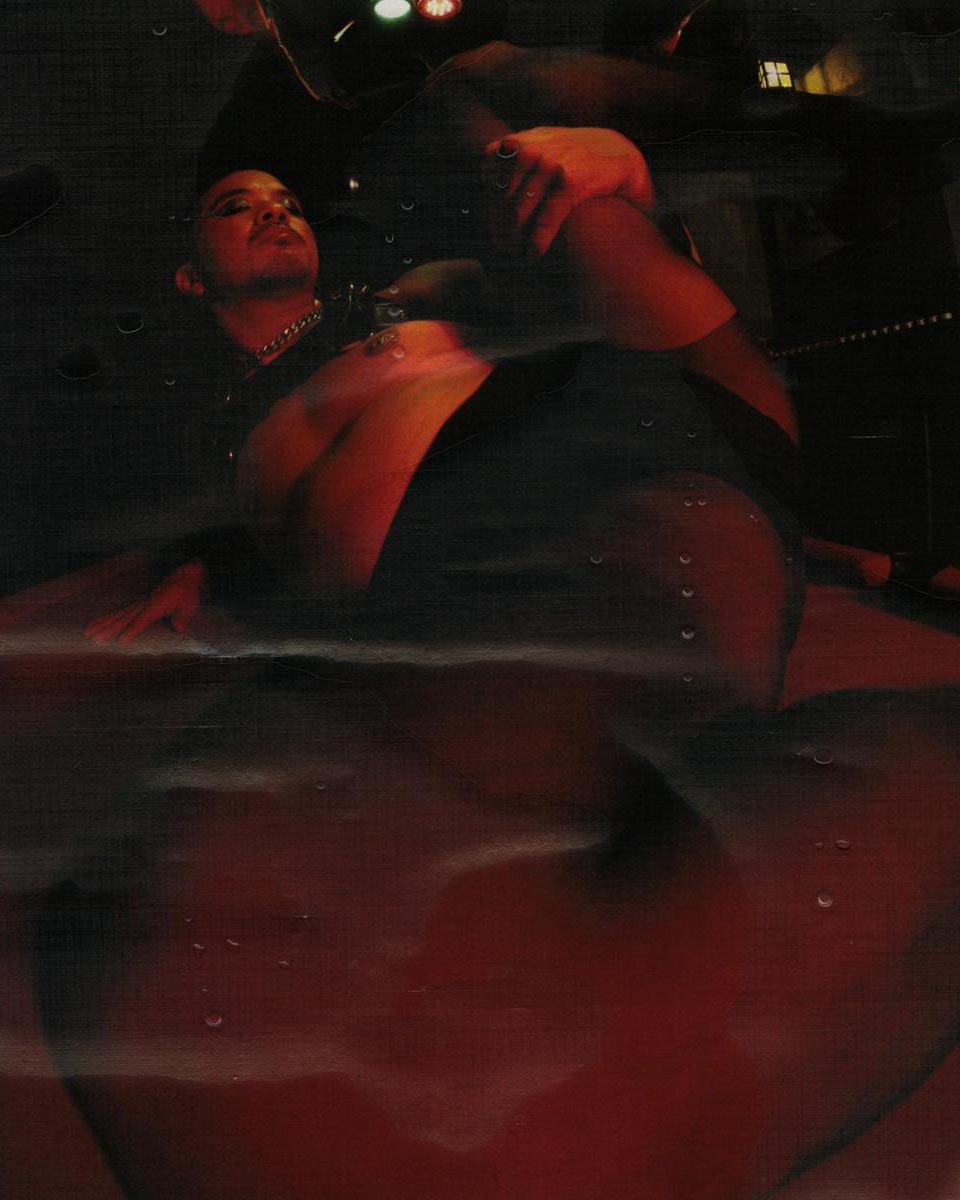

Pillar One: The Process of Unshaming
I see the process of unshaming also as a process of unlearning, one that is similar to taking your clothes off, and the thoughtful and deliberate removal of each layer. For me, specifically, this entailed the stripping and the sh(r)edding of layers of shame stemming from the antagonization of sexuality, the desexualization of Asian maleness, and toxic (gay) masculinity.
In the late 90s (during the Netscape era), the search engines began to pop up. Of course, my prepubescent self was curious and began to secretly collect images of men wearing wetsuits, which eventually led to pictures of men in various forms of erotic swimwear. After surfing from one page to the next, I landed on gay pornography. I was so turned on by everything I was consuming, but I had a lingering sense that this was a forbidden feeling. Maybe, it was shame.
My parents eventually caught me, and even though they tried to discourage me, I still kept going back and getting caught again. Eventually, as a consequence they cut off the internet. They were terrified that I would become a sex addict. Though it was not their intention, I felt humiliated, leaving me with a heavy sense of shame. I began to believe that any form of sexual pleasure was inherently bad, and took all measures to eliminate it from my life by focusing on school and work. While I won’t deny that pooling all my focus and energy into studying helped me cultivate self-motivation and a solid work ethic, I also unwittingly embarked on a process of desexualization, so much so that during high school, I had convinced myself that I was asexual.
“This marked the beginning of my process of unshaming, where I was prompted to face what these layers meant to me. As I removed each piece and held them in my hands, I made deliberate choices on how I related to them and how they ‘sparked joy’, Marie Kondo style.”
I began to explore my sexuality again when I entered university. By then, however, I had very little awareness about what I found sexually pleasurable. I spent my early years of adulthood playing to the “passive Asian bottom,” so I could feel desired by others (clearly, I was influenced by the sexual misrepresentation of queer Asian men). It wasn’t long before I realized that I was not fully satisfied. I wondered, “is the realm of my pleasure really going to be limited to this narrative?”
This marked the beginning of my process of unshaming, where I was prompted to face what these layers meant to me. As I removed each piece and held them in my hands, I made deliberate choices on how I related to them and how they “sparked joy”, Marie Kondo style.
![]()
Connecting to your body means letting yourself be present, which requires you to be attentive and aware of the place that you’re in, the breath you breathe, the sounds you hear, and the vibrations under your feet. Doing this is never easy, partially because of how powerful the wandering mind can be. Alluding back to the body as a landscape, to feel really connected to it means taking time to recognize and appreciate the hills and the valleys that are separate but connected. My first experience connecting to my body was when I was able to describe the sensations of pleasure.
This marked the beginning of my process of unshaming, where I was prompted to face what these layers meant to me. As I removed each piece and held them in my hands, I made deliberate choices on how I related to them and how they “sparked joy”, Marie Kondo style.
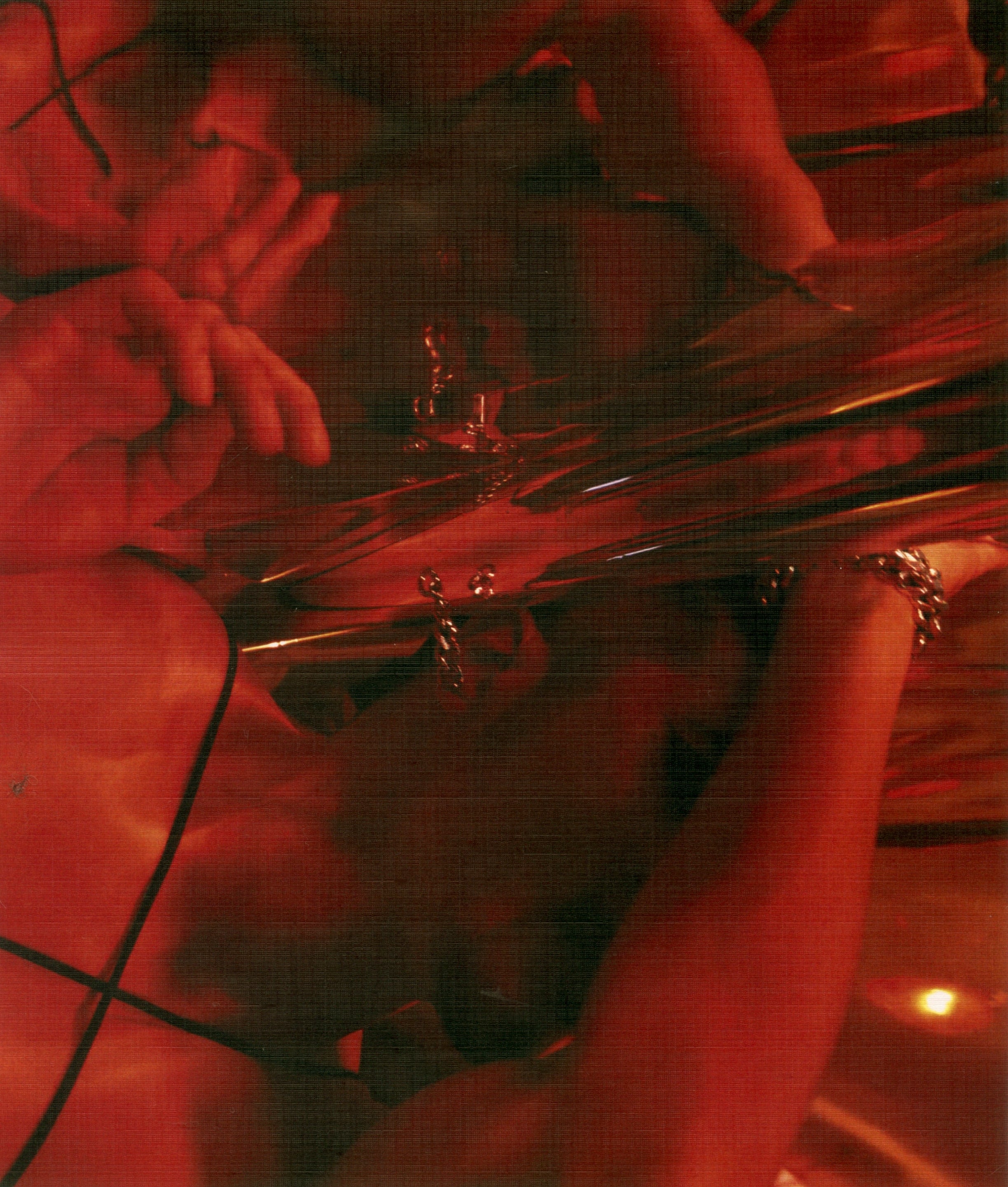
Pillar Two: Connecting to Your Body
Connecting to your body means letting yourself be present, which requires you to be attentive and aware of the place that you’re in, the breath you breathe, the sounds you hear, and the vibrations under your feet. Doing this is never easy, partially because of how powerful the wandering mind can be. Alluding back to the body as a landscape, to feel really connected to it means taking time to recognize and appreciate the hills and the valleys that are separate but connected. My first experience connecting to my body was when I was able to describe the sensations of pleasure.
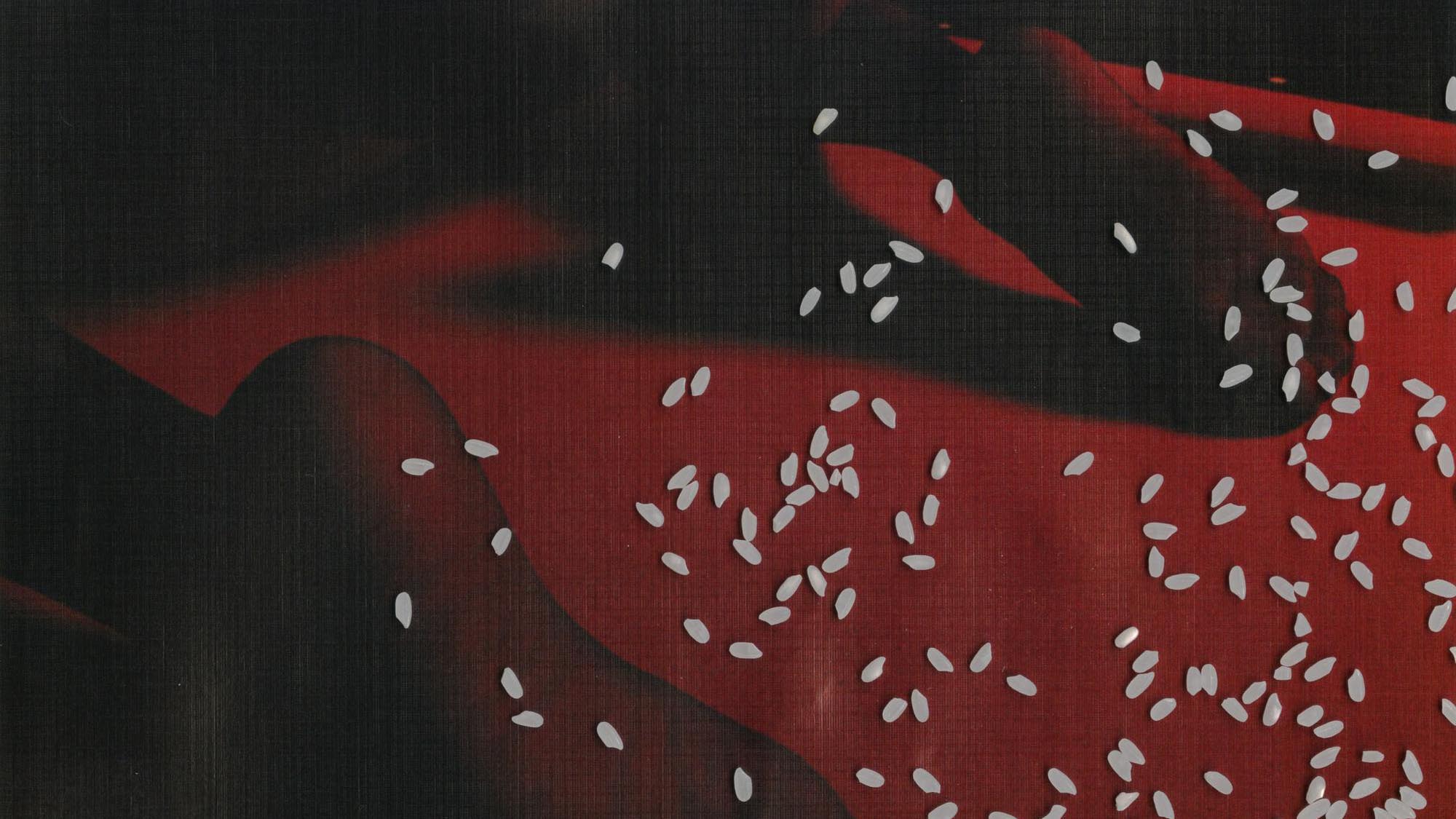
One of my earliest memories of this came from watching the movie Amelie. In one scene, the narrator describes how Amelie develops a particular taste for the little pleasures in everyday life. In one particular scene, the movie shows her at the market as she slowly and decadently dips her hand inside an open bag of grains. I remember marvelling at that scene, and began to wonder what that felt like. As I made my way to the kitchen, there beside the pantry was a barrel of white jasmine rice - as if it knew of my arrival, awaiting me this entire time. As I slowly plunged my hand inside the barrel and deeply exhaled, I felt every muscle fiber savouring the cooling sensations of every grain of rice. Before I realized it, I had my entire arm elbow-deep in white rice, and I felt a sudden wave of relaxation throughout my body. Amelie was right, I thought to myself; this indeed was pleasurable.
Allowing yourself to suspend your mind and focus on a particular sensation will give you the capacity to describe it. So, what are ways to get out of your head and into your body? A neat trick I learned was to simply swallow your own saliva followed by a deep moan. I do this a few times until the focus of my attention shifts away from my mind and towards how my body is feeling. If swallowing is uncomfortable, then deep breathing works too. Note that these are simply my own tricks, but a quick Google search for “centering techniques” can yield other ways to connect with your body in many more ways.
Taking your time to connect to your body can lead you to discover pleasure in places you never expected. Most importantly, find what works for you.
Allowing yourself to suspend your mind and focus on a particular sensation will give you the capacity to describe it. So, what are ways to get out of your head and into your body? A neat trick I learned was to simply swallow your own saliva followed by a deep moan. I do this a few times until the focus of my attention shifts away from my mind and towards how my body is feeling. If swallowing is uncomfortable, then deep breathing works too. Note that these are simply my own tricks, but a quick Google search for “centering techniques” can yield other ways to connect with your body in many more ways.
Taking your time to connect to your body can lead you to discover pleasure in places you never expected. Most importantly, find what works for you.






Pillar Three: Developing Your Sensory-Based Lexicon
Once you’re connected to your body, it then becomes easier to get in-tune with what feels pleasurable through your five senses. We might be more dependent on one or a few of the five senses to become stimulated. You may be more of a taste person, a touch person, or a smell person, and the list goes on.
If you’re unsure, then try this out: The easiest starting point is to recall moments where you felt good in relation to your senses. This could be a favourite food or drink that you love to taste, a fragrance that you find satisfying to smell, or a texture or material that you enjoy holding in your hands. Then go ahead and recreate one of those experiences, but do it slowly. For example, if it’s related to food, have a small bite of your favourite treat and slowly savour it in your mouth. Swallow it and then deeply exhale. How does that feel?
Personally, I’m more of a touch person. I first learned this during my pre-teen years when I came across a catalogue from a local scuba diving company where I noticed male models wearing wetsuits. I began to fantasize wearing them, and wondered how the tightness would feel against my skin, caressing my entire body. Even though I never touched a wetsuit before, I was somehow already convinced; it must feel so... so good.
Later on in my adult life, I started to seek ways to feel that caress, which eventually led me to an experience at Mr. S Leather in San Francisco (widely known as the global mecca of fetish wear). Racks on racks of leather harnesses, jockstraps, latex singlets, rubber suits—you name it, they have it. But one thing they had was neoprene, which I was seeking out from the onset and was feeling very excited about, since this is a material used in making wetsuits. “Finally,” I thought to myself, “I’m now able to feel what wetsuits felt like.” The store employees eventually encouraged me to try on a neoprene harness, a jockstrap and chaps. Once I put it all on, I felt how the material was tightly holding onto my skin. It felt like someone was embracing me all over my body. It felt so damn good.

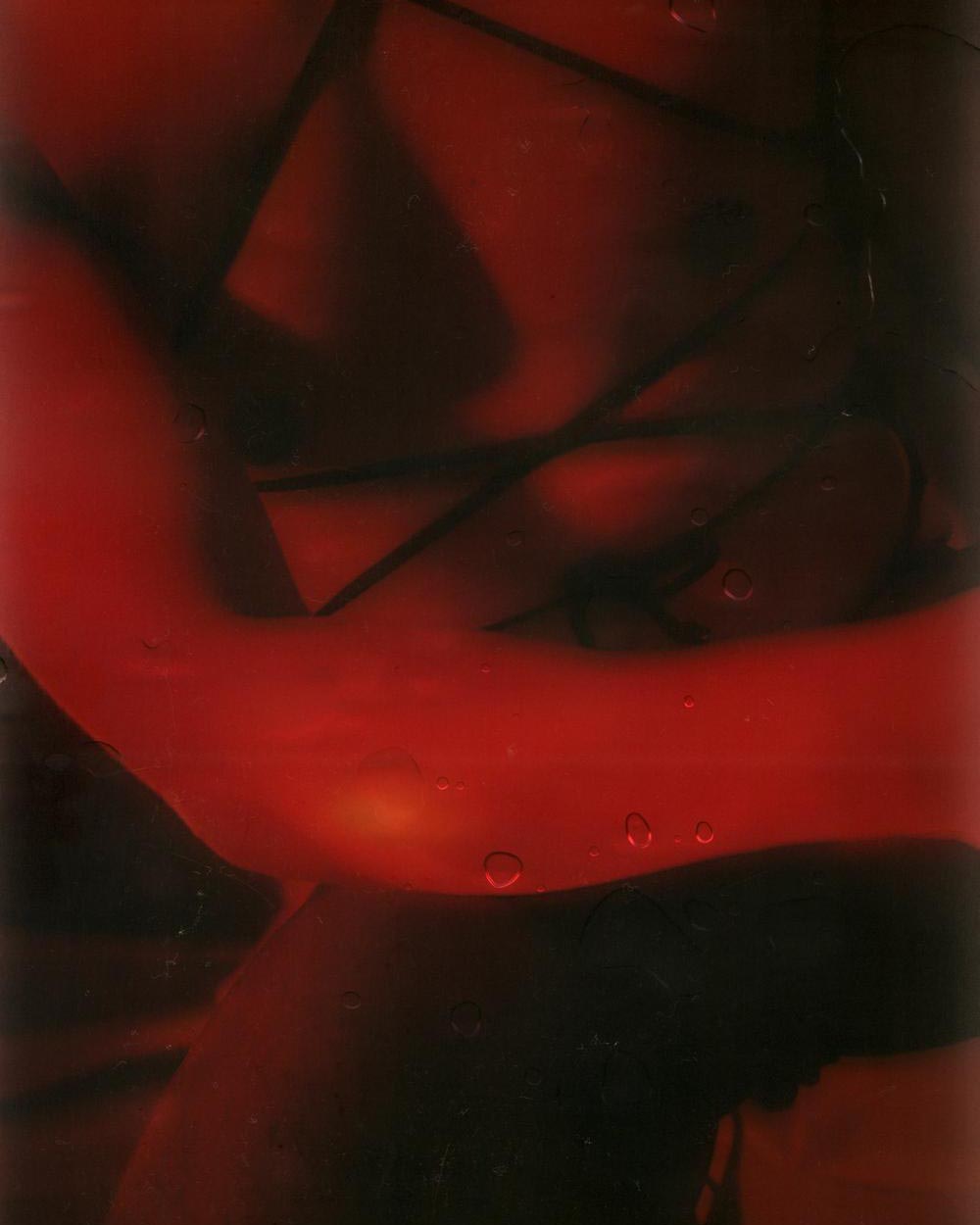
Once you’ve given yourself a chance to explore your senses, it’s also important to document them and take note of what makes you feel good. Eventually, you’ll develop what I call a more comprehensive sensory-based lexicon, which you can always refer to stimulate your body in (so many) different ways.
To expand on your lexicon, practice using your body without external stimuli. Your body is literally a playground of boundless sensual pleasure. All it takes to unlock this is self-exploration. There are many ways that one can go about this, but in essence, it entails engaging your senses with your own body. For instance, it could be touching your neck and to slowly feel every muscle fiber underneath the skin, or it could be smelling your natural scent and noticing how it shifts around different parts of your body.
An effective exercise that I recommend is to sit in front of the mirror wearing something that you enjoy, or even fully naked, if you’re willing. Then, begin noticing the details of your body such as the texture of your hair, the shape of your face, or the colour of your skin. What do you appreciate the most about your body?
Pillar Four: Sensual Self-Exploration
To expand on your lexicon, practice using your body without external stimuli. Your body is literally a playground of boundless sensual pleasure. All it takes to unlock this is self-exploration. There are many ways that one can go about this, but in essence, it entails engaging your senses with your own body. For instance, it could be touching your neck and to slowly feel every muscle fiber underneath the skin, or it could be smelling your natural scent and noticing how it shifts around different parts of your body.
An effective exercise that I recommend is to sit in front of the mirror wearing something that you enjoy, or even fully naked, if you’re willing. Then, begin noticing the details of your body such as the texture of your hair, the shape of your face, or the colour of your skin. What do you appreciate the most about your body?
“Practicing sensual self-exploration has helped me find my worth and realize how much I really desire myself, and to ultimately fall in love with myself.”
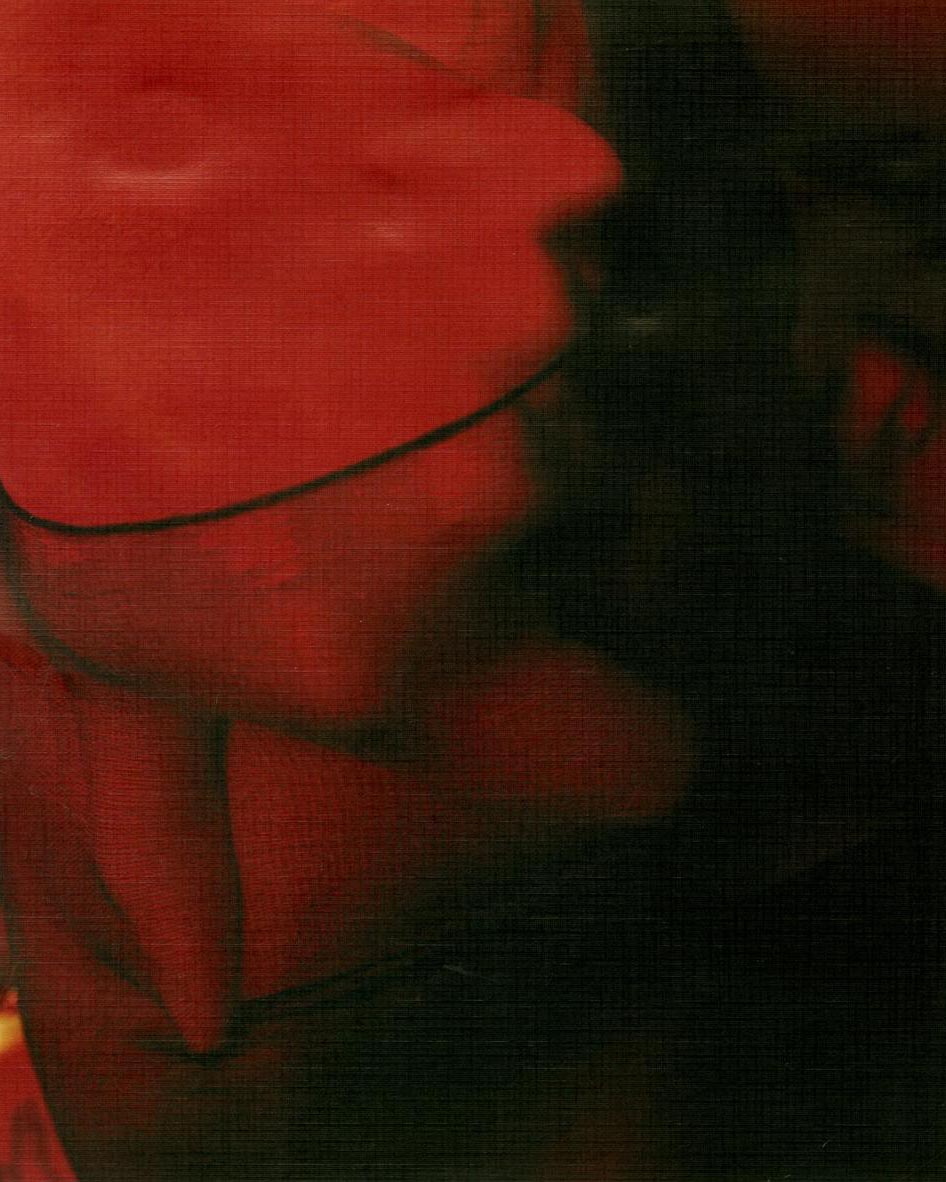
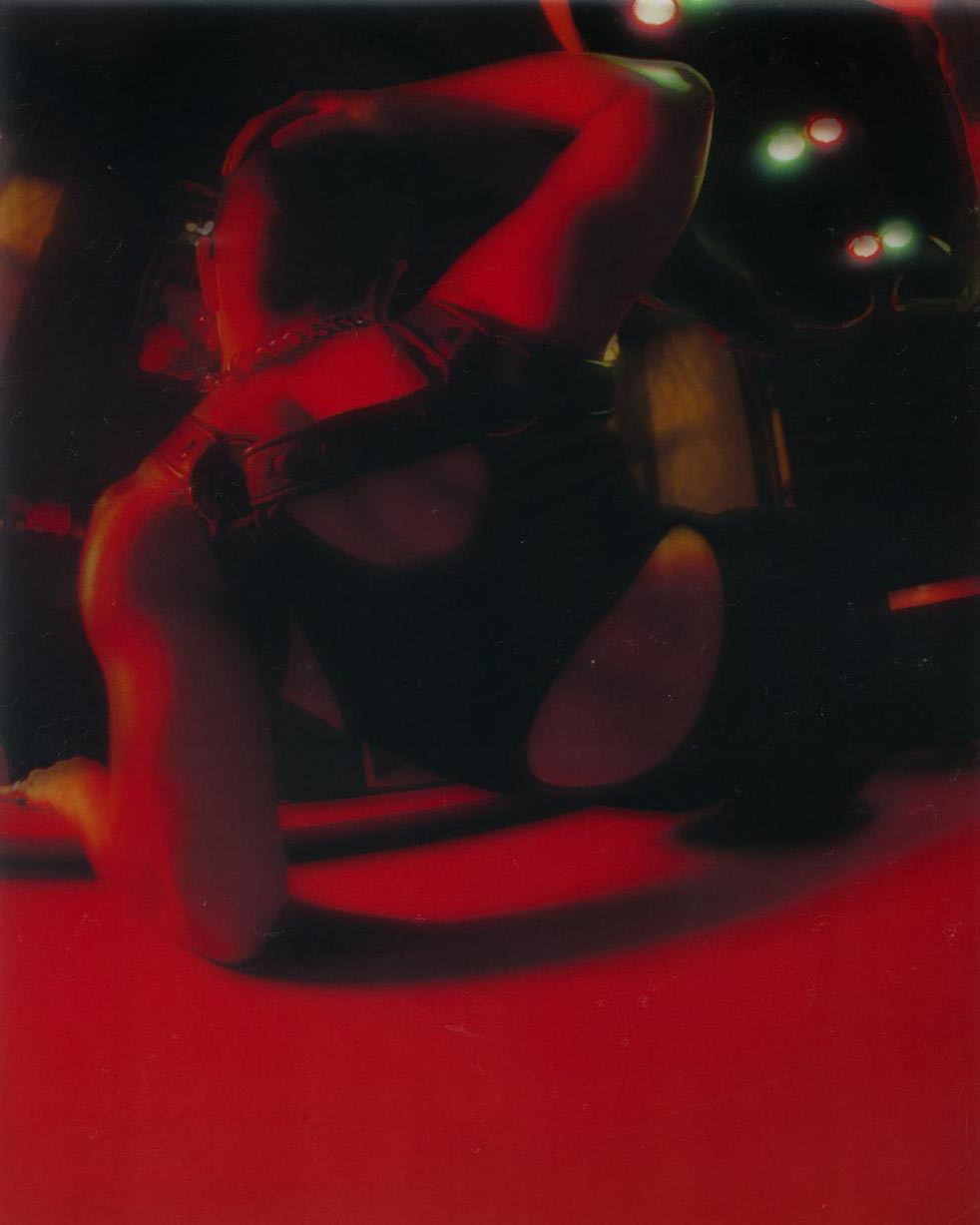
You could even take it further and start engaging your other senses while looking in the mirror. Touch your skin while you’re looking at yourself and alternate between slowly caressing your skin to grabbing the muscle underneath. Notice moments where your body reacts with pleasure. Do you roll your eyes backwards? Do your toes curl? Or do you just simply let out a deep sigh?
To me, sensual self-exploration is the most important piece of owning my sensuality because it plays a role in building self-confidence. Practicing sensual self-exploration has helped me find my worth and realize how much I really desire myself, and to ultimately fall in love with myself.
I hope that these pillars can help you as much as they have helped me. While I’m still learning, I’ve become less bothered by the popular (yet misleading) discourses around pleasure, because I now have a greater awareness and understanding of what my own body desires. Remember that this is an ongoing practice, since our needs are constantly evolving over time.
The importance of owning your pleasure lies in building a healthy and loving relationship with yourself, and to ultimately feel fucking good in your own skin.
To me, sensual self-exploration is the most important piece of owning my sensuality because it plays a role in building self-confidence. Practicing sensual self-exploration has helped me find my worth and realize how much I really desire myself, and to ultimately fall in love with myself.
Final Thoughts
I hope that these pillars can help you as much as they have helped me. While I’m still learning, I’ve become less bothered by the popular (yet misleading) discourses around pleasure, because I now have a greater awareness and understanding of what my own body desires. Remember that this is an ongoing practice, since our needs are constantly evolving over time.
The importance of owning your pleasure lies in building a healthy and loving relationship with yourself, and to ultimately feel fucking good in your own skin.
An exploration of sensuality by Eric Leong to Feather (Kulkid Remix) by THOMAS WHITE & LIA. Videography and video editing by Bobby León. Art direction, graphic design and styling by Olivia Chan. Co-art direction by Mary Chen. Lighting assistance by Feng 峰. Movement direction by Miranda Chan. Make-Up by Shannie Beauty Artistry. Production by Viet Tran.
ABOUT THE AUTHOR
Eric is passionate about healing through love. He believes that having compassion for yourself and for others will enable humanity to be more resilient against their own fears and suffering. He is also a lifelong learner, and his way of paying it forward is by sharing wisdom drawn from his own life experiences.
Eric is passionate about healing through love. He believes that having compassion for yourself and for others will enable humanity to be more resilient against their own fears and suffering. He is also a lifelong learner, and his way of paying it forward is by sharing wisdom drawn from his own life experiences.
ABOUT THE CONTRIBUTORS
/PHOTOGRAPHER & ART DIRECTOR
Mary Chen is a Toronto and Montréal based art director and photographer trained in arts and design. By uniting techniques of cinematography, fashion and performance art, Chen’s photography reflects upon Asian culture within a Western context. In her work, Chen often deconstructs Asian identity by creating uncanny compositions with vivid colour palettes informed by fashion styling and set production. Chen’s photography has been published in numerous digital and print publications internationally, selected publications include MILK USA, Far-Near (New York), Puss Puss, (London), MAPS (Korea), Nasty Magazine (Milan), and Contributor Magazine (Stockholm/Paris/New York).
/VIDEOGRAPHER & VIDEO EDITOR
Bobby Léon is an image maker and director based in Montreal, who specializes in creating videos with a raw edge for advertising, music videos and custom branded content. Bobby’s work has been featured on brands’ websites such as Revlon, Joe Fresh, La Presse, Musée d’Art Contemporain, Aldo Shoes, Rudsak to name a few.
/MOVEMENT DIRECTOR
Miranda Chan is a dancer and movement director based in Montreal. Her work is influenced by her dance background in diverse styles, as well as a sense of visual aesthetic and her sensitivity towards social justice. In the near future, she hopes to explore multimedia projects where film and photography will elevate dance and movement. She also wishes to create pleasure in her activism by combining her work with her political views.
/MUSIC
LIA is a singer, songwriter and producer known for sultry vocals carrying stories nestled in poetic prose and cinematic electronic productions.
/PHOTOGRAPHER & ART DIRECTOR
Mary Chen is a Toronto and Montréal based art director and photographer trained in arts and design. By uniting techniques of cinematography, fashion and performance art, Chen’s photography reflects upon Asian culture within a Western context. In her work, Chen often deconstructs Asian identity by creating uncanny compositions with vivid colour palettes informed by fashion styling and set production. Chen’s photography has been published in numerous digital and print publications internationally, selected publications include MILK USA, Far-Near (New York), Puss Puss, (London), MAPS (Korea), Nasty Magazine (Milan), and Contributor Magazine (Stockholm/Paris/New York).
/VIDEOGRAPHER & VIDEO EDITOR
Bobby Léon is an image maker and director based in Montreal, who specializes in creating videos with a raw edge for advertising, music videos and custom branded content. Bobby’s work has been featured on brands’ websites such as Revlon, Joe Fresh, La Presse, Musée d’Art Contemporain, Aldo Shoes, Rudsak to name a few.
/MOVEMENT DIRECTOR
Miranda Chan is a dancer and movement director based in Montreal. Her work is influenced by her dance background in diverse styles, as well as a sense of visual aesthetic and her sensitivity towards social justice. In the near future, she hopes to explore multimedia projects where film and photography will elevate dance and movement. She also wishes to create pleasure in her activism by combining her work with her political views.
/MUSIC
LIA is a singer, songwriter and producer known for sultry vocals carrying stories nestled in poetic prose and cinematic electronic productions.








